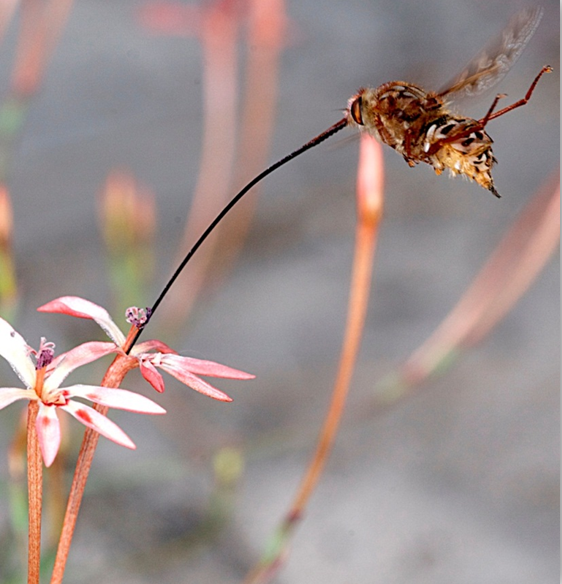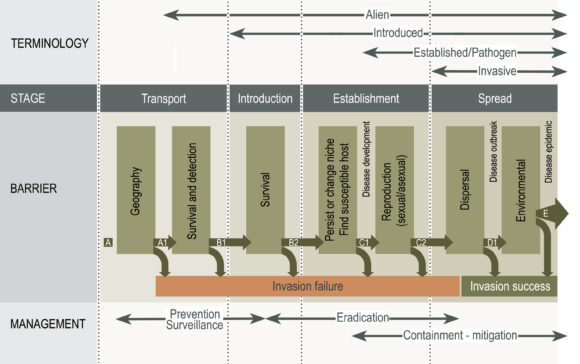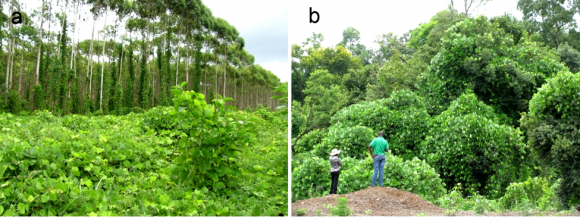26 February 2013 | By Cang Hui
Plants and pollinators have co-evolved physical characteristics that make them more likely to interact successfully. For example, long-proboscid flies, whose tongues are twice the length of their bodies, are able to reach the nectar resources stored deep inside flowers with long straw-like stems. In turn, this interaction is beneficial to the plant because while accessing the nectar, these specialised pollinators pick up pollen and move it to other flowers of the same species.
In a recent publication in Evolution, C∙I∙B scientists and colleagues tackled the mechanism behind the longstanding puzzle that has attracted attention ever since Darwin: how reciprocal interactions between long-proboscid pollinators and long-tubed flowers lead to diverse coevolutionary dynamics. Based on the framework of adaptive dynamics, they presented a model for the coevolving pollination system of long-proboscid fly (Moegistorhynchus longirostris) and long-tubed iris (Lapeirousia anceps) in the Cape Floristic Region.

The model successfully demonstrated many widely observed patterns of trait polymorphism in Darwin’s coevolutionary race. Overall, the model highlights the importance of non-random interactions and the balance of costs incurred by coevolving species as factors that determine the eventual combination of observable characteristics (phenotypic outcomes) of coevolution, and indicates new avenues for experiential studies aimed at testing Darwin’s coevolutionary hypothesis. This work could have potential interest not only to empirical and theoretical researchers in the field of coevolutionary dynamics and general evolutionary biology, but also to scientists in adaptive dynamics and even mathematics.
Read the paper
For more information, contact Cang Hui at chui@sun.ac.za



